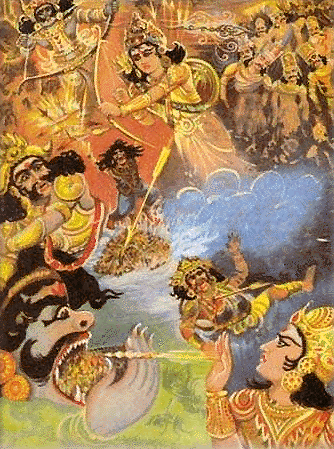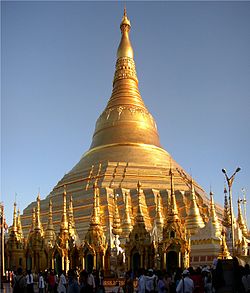 It has been a week since I came back from my self-organised 2-day retreat at BMBMC.
It has been a week since I came back from my self-organised 2-day retreat at BMBMC.I had decided to go for a retreat (here meant not just to take the 8 precepts but to spent all my time, trying to meditate).
After going to a one-day retreat organised by Inward Path under Sister Gavesini, I find that I do like the programme as I do not find it that taxing as my first one before.
So, I arrived at BM Buddhist Meditation Center on the 13th of December (Sunday) at 5 pm. Uncle Lim was kind enough allow me to stay in a kuti as I requested for it.
After cleaning up the kuti, I then proceed with my meditation (one-hour period of alternating walking and sitting meditation).
Sunday night meditation was good, except for the mosquitoes that decided to help themselves as I was alone in the sitting hall.
However, as usual, the first night I could not get any sleep, mainly because the kuti was hot (real hot, no fans and with the weather surprisingly on that day was hot). So I had a "sauna-like" bath sleeping in the kuti.
Fortunately, I managed to get some shut-eyes and passed the night with some rest.
Woke up at 5:00 am, tired but not really that bad. I managed to do some walking meditation and then it is breakfast time.Try to take some food as the time is about 6:30 am and in about 4 hours, lunch will be served.
In BMBMC, food is abundant, so I try to watch the sensual pleasure that may take over my purpose of that day.
Morning part meditation is good (good here is to my standard, meaning I can sit for one hour without being "bothered" by the pain). Walking meditation helped to elevate my drowsiness (due to the lack of sleep)
Lunch time in BMBMC had many kinds of food offered, very difficult to be mindful, with members offering delicious food. But remember, Sister Gin said to take only one-tenth of what we normally do. So I controlled myself (hope that those aunties and uncles were not disappointed)

Afternoon meditation is good too, although some members of BMBMC decided to stay back for some chit-chatting. I now able to tolerate some talking when meditating.
After dusk, again the mosquitoes attacked. However, meditation becomes bad. Pain is experienced at the lower part of body namely at the lower back. Cannot sit for more than 20 minutes. Mindfullness gone probably I am tired. Walking medititaion still can be completed for one hour, but I was worried (one of the five hindrances) that if I do too long of a time in walking, tomorrow I will not be able to do sitting and walking.
So decided to go to sleep. This time, mindfulness is gone, although I try to make sure that I keep some.
Sleep at 9 pm but wake up at 12 midnight. Too hot, even though it rains for a that 3 hour period.
Took my blanket and pillow and straight went into the back room at the center and managed to get a 5 hour sleep (with fan on).
I thought the second day I will not be able to sit. So told myself, if I cannot sit for an hour in the morning, I quit.Fortunately, I still can have the hourly sitting and walking meditation until lunch.
In the afternoon, walking meditation is good, managed to observe only one stray thought in a 20 paces walk. But sitting deteriorate as the afternoon wears off.
Until 5 pm, the pain at the back becomes the hindrance, for I can only do most a 20 minutes sitting and then I had to end the session.
Gone back home at 6 pm but still holding the 8 precepts.
Did an hour of sitting meditation at home, surprisingly no pain (maybe, the energy comes back)
These 2 day meditation retreat is a good experience as I had never gone more than a day period. Originally planned for 3 days, maybe I will be brave for the next one (next year?). Still had thoughts during the sitting session, but can watch the rising and falling clearly (sometimes).
A big Sadhu to members of BMBMC (especially Uncle Lim and those that provide me with the meals).
















































